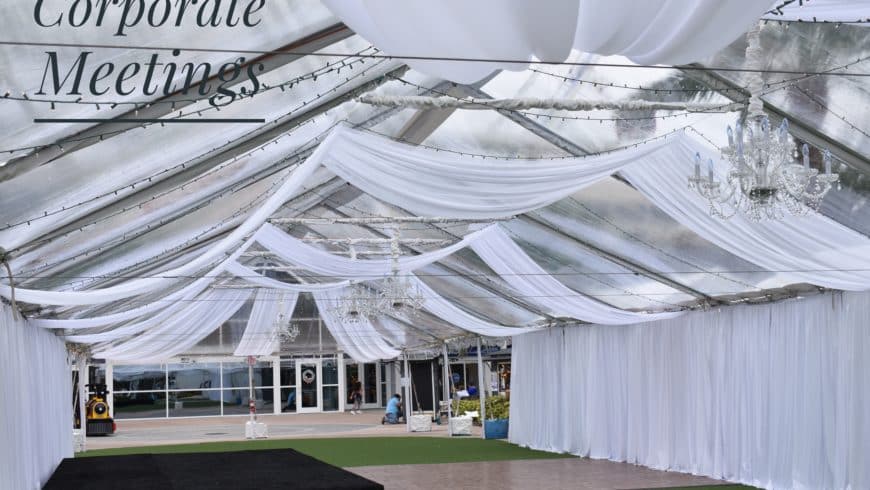For many at the top, annual meetings allow the leadership of a company to meet, reset, and forge a future. Leaders present performance reports, announce annual reports or inspection results, and pass critical information to investors and outside analysts. These events provide the environment in which a company’s way ahead is determined. As such, these meetings require careful, deliberate planning, including choosing a venue, planning the agenda, picking presenters, inviting the major movers and shakers inside and outside the company, and more.
Make It Personal
Software giant Sage North America holds annual events so employees and clients can hear from decision makers and company leadership. They recently noticed participants didn’t seem interested in the usual series of events. In fact, many of them were spending that time to meet with other attendees off-site. Sage completely re-shaped the next event to allow for more personal interaction.
Instead of spending hours in a meeting hall listening to speakers, participants met with small groups of six people or fewer. They met with other salespersons, human resource employees or software developers to identify a challenge and brainstorm solutions. They created and posted ideas to chat walls, then invited individuals from other groups to contribute. The result was dramatically improved participation and innovative problem-solving.
Refine Culture
Whether you’re a new company just beginning to set the tone or an established brand seeking to refocus leadership, your annual event is a great time to set the tone for the rest of the year. Identify the elements of your company culture you want to highlight and plan speakers and events around those fundamentals.
Start the event making sure everyone is aware of best practices and the overall vision. Examine the products and services you’ll be presenting and how you can connect company culture to each.
If participants spend several hours of the day receiving complex levels of input, their brains and their bodies will become fatigued. Avoid information overload by intentionally planning breaks. Build in problem-solving activities that require physical movement. Engage a lighthearted speaker or comedian at regular intervals to keep attendees laughing and engaged.
Sources:
- http://smallbusiness.chron.com/task-list-planning-annual-meeting-10633.html
- http://smallbusiness.findlaw.com/business-finances/planning-an-effective-annual-meeting-checklist.html
- https://www.thebalance.com/annual-meeting-of-a-corporation-398122
- http://www.successfulmeetings.com//Strategy/Meeting-Strategies/Planning-for-the-Future-With-Annual-Meetings/













